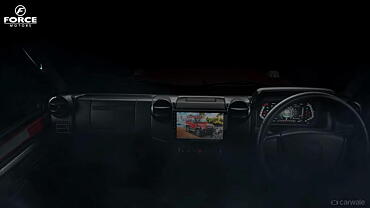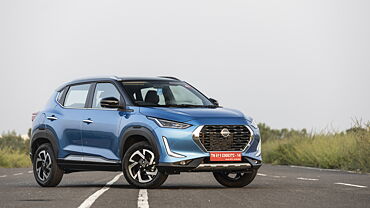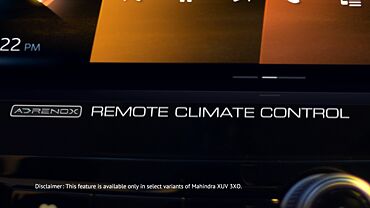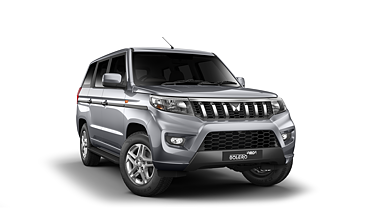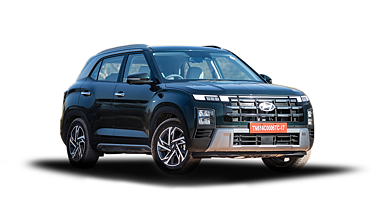In-car entertainment has progressed significantly in the past few years or so. Head-units have gotten increasingly sophisticated, incorporating multiple connectivity options while also playing the role of mobile command information centres. Even the speakers have begun to sound better than before and players like Harman have entered the OEM market. But for those that crave the extra bit of punch & clarity in their music, the current lot of systems in new cars still fall short.
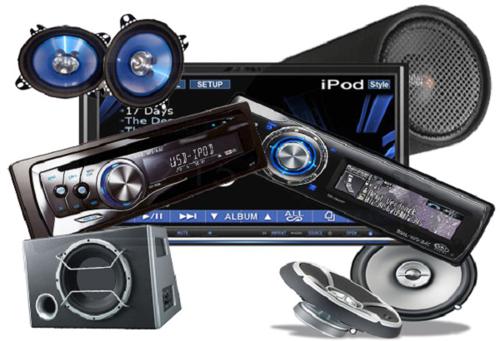
Most newbies upgrade the headunit on their car music system at the first instance. This move immediately jacks up the upgrade cost, while giving rise to a host of potential problems. Given the tight integration of the central display with the rest of the vehicle management systems, the aftermarket unit, might not be able to duplicate the results.
Begin with a speaker upgrade. Most OEM speakers are the worst link in the system. There’s plenty of budget component speaker systems that can be dropped in, into the OEM slots. These usually comprise of a mid-bass/midrange unit, a tweeter to handle the high frequencies and a crossover unit that controls which frequencies go to which driver. Also, unless you’re spending more time in the rear seat, upgrade the speakers at the front, first.
Next up in your car music system upgrade list is damping. Simply put, damping is a special material that designed to cut out acoustic vibrations. Available in sheets & rolls for convenience, damping can be applied to the inner sides of the door as well as the door pad. This cuts out the excess vibration from the various surfaces, resulting in a deeper, richer sound flowing through the speakers.
Most people in new cars would be satisfied with the sound gains at the above stage. If not, then it is time to add an amp & a sub. The latter is a unit for the lower frequencies, while the former is required to supply the increased power to all the speakers. The stock headunit is seldom equipped to drive a dedicated subwoofer. One can hook up a single four-channel amp with the front speakers & subwoofer wired to the amp, while the rear speakers are powered off the stock unit. Of-course, one can keep going and there’s truly no limit, so if you’ve got the big bucks then we’ll explore this another time.





